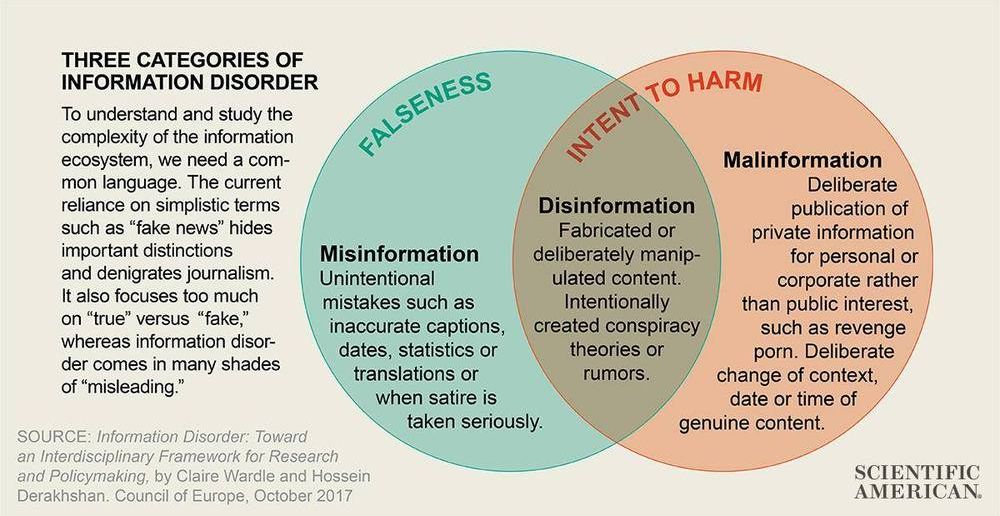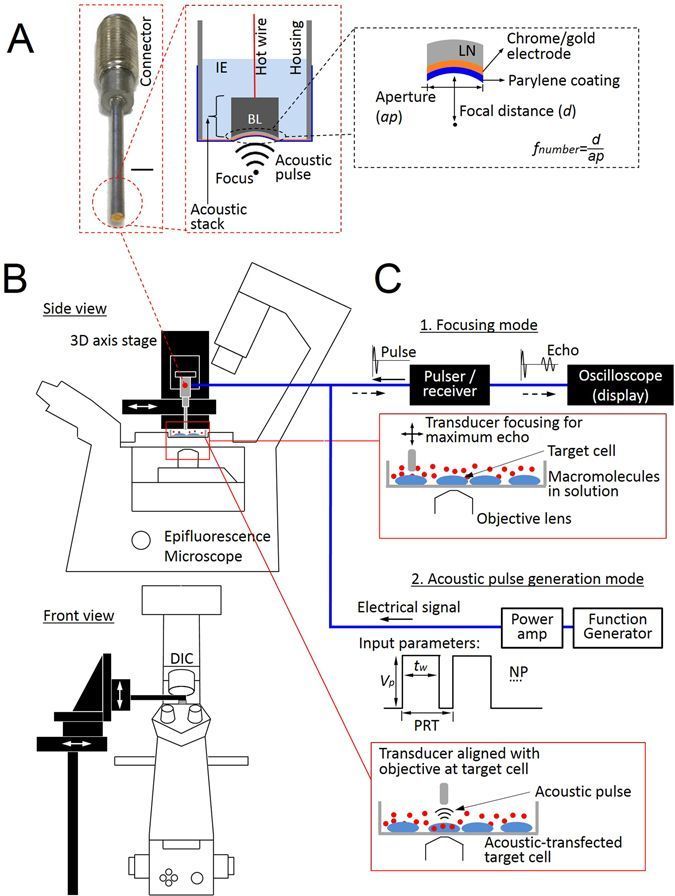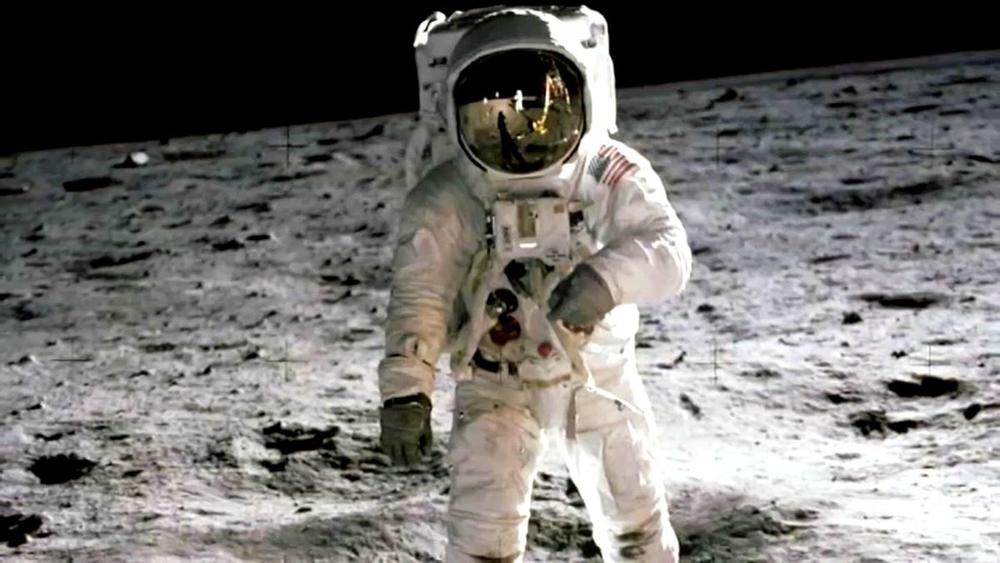After 10 years in remission, Derek Ruff’s cancer returned, this time as stage IV colon cancer. Despite aggressive rounds of chemotherapy, palliative radiotherapy and immunotherapy, his disease progressed. In February 2019, as part of a phase I clinical trial at Moores Cancer Center at UC San Diego Health, Ruff became the first patient in the world to be treated for cancer with a human-induced pluripotent stem cell (iPSC)-derived cell therapy called FT500.
Moores Cancer Center at UC San Diego Health treats the first patient treated for cancer with a human-induced pluripotent stem cell (iPSC)-derived cell therapy called FT500. Dan Kaufman collaborated with Fate Therapeutics to bring the iPSC-derived natural killer cell cancer immunotherapy to patients.









